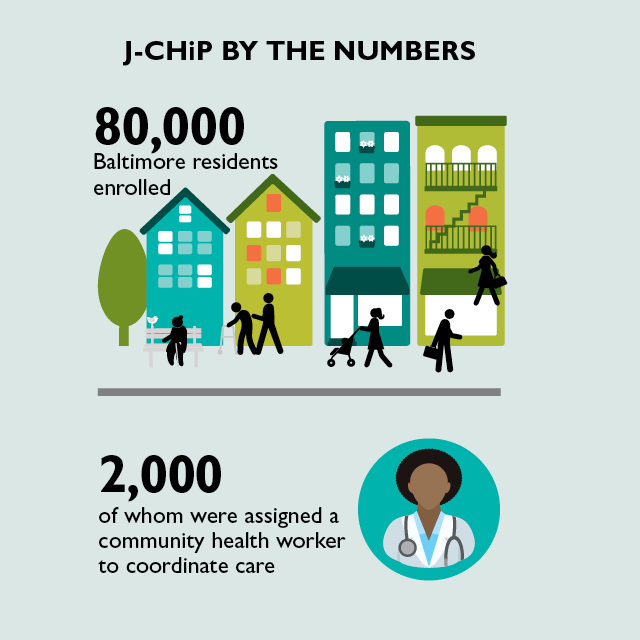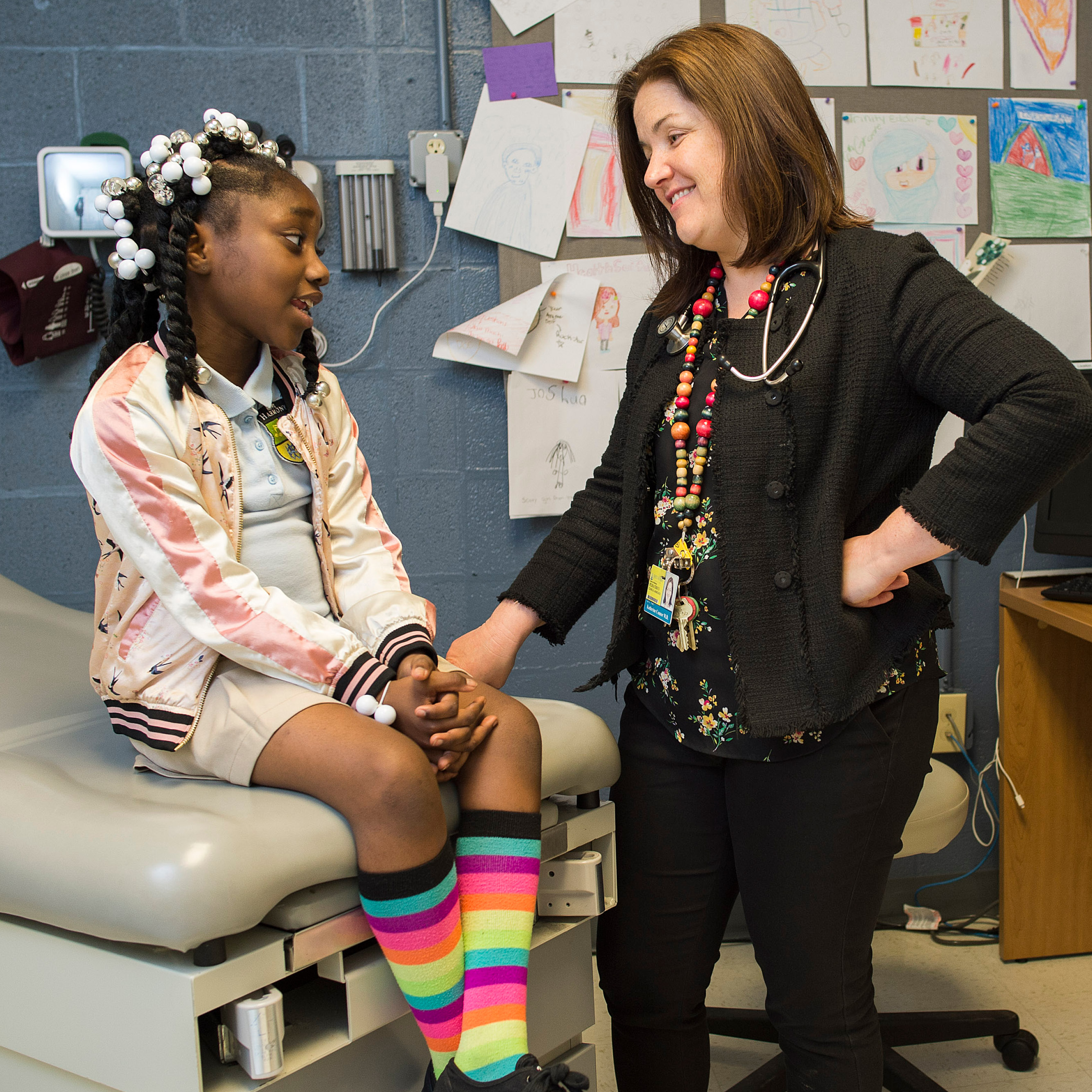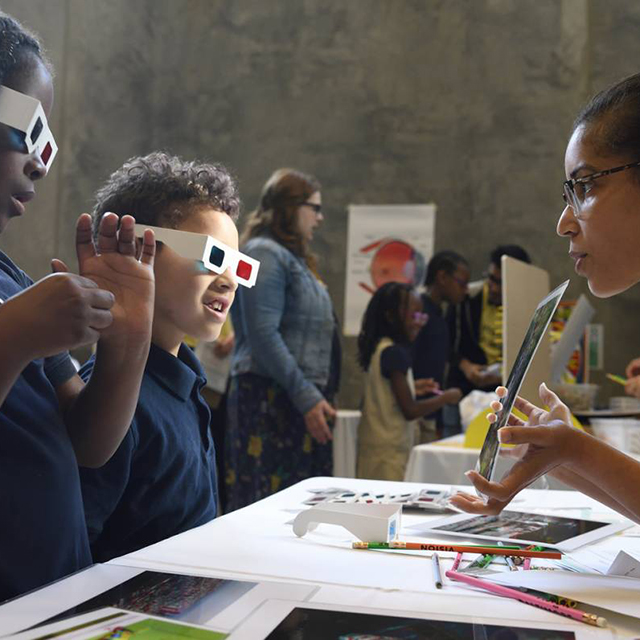When public schools across the nation closed abruptly in mid-March because of COVID-19, the switch to remote learning was hardest on students who were disadvantaged.
Many lost access to crucial services like after-school care and meal programs. Others struggled to learn in homes with limited internet access or with parents who couldn’t supervise online lessons because they were essential workers.
Five months later, schools are planning for a new academic year amid the continuing pandemic.
A group at Johns Hopkins wants to make sure those reopening plans consider the disproportionate harm to academics and health that COVID-19 is bringing to the most vulnerable students.
In July, the eSchool+ initiative, with representatives from the schools of medicine, public health and education, and from the Johns Hopkins Berman Institute of Bioethics, launched a website that brings ethics and equity into discussions about school closings and openings.
Its centerpiece is the COVID-19 School Reopening Response Tracker, a database that analyzes school reopening plans in all 50 states plus Washington, D.C., and U.S. territories (see sidebar for criteria).
“Schools are at the forefront of the conversation in the midst of an ongoing pandemic,” says Johns Hopkins ophthalmologist Megan Collins, who co-leads the effort with Annette Anderson, assistant professor in the school of education, and Ruth Faden, founder of the Berman Institute of Bioethics. “They need to reopen in ways that protect the safety and health of students, while also finding new ways to help students make up for the losses in learning, health and support systems that occurred as a result of school closures.”
Sara Johnson, associate professor of pediatrics and co-director of the Ruth and Norman Rales Center for the Integration of Health and Education, agrees. “We know that having schools closed is damaging for virtually all kids and families, but it’s particularly harmful for the kids and families who need school resources most,” she says.
Both Collins and Johnson have witnessed the power of school-based health interventions through their work with Vision for Baltimore, a program that gives elementary- and middle-school students access to eye exams and prescription glasses, and through the Rales Center at KIPP Baltimore, which provides on-site health care and wellness services to students.
In January 2019, Collins and Johnson teamed up to form the Johns Hopkins Consortium for School-Based Health Solutions, in collaboration with others from the schools of nursing, medicine, education and public health. The consortium’s mission is to develop, improve and deliver school-based health interventions.
The idea was gaining traction nationwide, Collins says. Then came COVID-19.
As public schools switched to remote learning, Collins and Johnson met with Anderson, Faden and Christopher Morphew, dean of the Johns Hopkins School of Education, to discuss strategies to minimize education and health inequities.
With others from the schools of medicine, public health and education, they created the COVID-19 School Closure Plan Checklist, which highlights services considered essential to student well-being while switching from in-person to online classrooms: continuity of learning, food security, health services, housing and safety, and supervision.
“The burdens of school closures are not falling equally among all children,” the group wrote in April. “Children from low-income families and communities, including many children of color and rural children, will suffer the most.”
As spring turned to summer, conversations pivoted to how schools would resume activity in the fall. The group decided to create a reopening tracker that assesses the logistics and equity of plans.
Collins says the tracker is a living document that receives updates and additional detail in real time.
“It really has been a moment for all of us to take stock of how much students have lost this spring, especially so in disadvantaged communities,” she says. “And also to recognize how valuable schools are, not only as a place for education but also for these very necessary support services that schools provide.”



